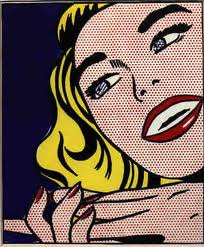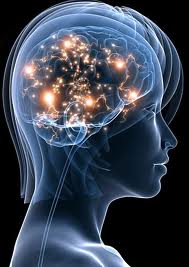Denial is not just a river in Egypt, as they like to say in addiction circles, and, according to a new study, it is the top reason patients delay treatment of skin cancer. Oh, I'll think about that later....
Oh, I'll think about that later....
In an article published in the Journal of the American Academy of Dermatology, dermatologist Murad Alam, MD, MSCI, FAAD, chief of cutaneous and aesthetic surgery, and associate professor of dermatology, otolaryngology, and surgery at Northwestern University, Chicago, presented results of a study examining why patients delay seeking medical attention for suspicious growths and the consequences of their procrastination.
"Studies show that various patient-specific factors appear to be responsible for the delay in the treatment of cancers in general, and skin cancer in particular," said Dr. Alam. "The purpose of this study was to determine the patient- and physician-specific reasons, including physical, financial, social, intellectual, and psychological factors, to which patients attribute delays in the diagnosis and treatment of nonmelanoma skin cancers."
Patients reported that denial was the most frequent reason for waiting to see a doctor about a suspicious lesion – accounting for 71 percent of all cases. Specifically, the two most commonly listed reasons why patients waited to see their doctor were "thought it would go away" (36 percent), and "thought it wasn't important" (24 percent).
"Denial may be a normal response to health concerns, with patients minimizing the psychological burden of their illness, or it may be a learned coping mechanism," said Dr. Alam. "But denial can interfere with obtaining treatment and result in more serious or advanced skin cancers."
When analyzing the association of delay with the size of a skin cancer from the time patients first realized that they had a problematic lesion to the time they saw a physician, Dr. Alam found that there was a significant increase in tumor size in patients who waited an average of six months to see a physician. On average, skin cancers grew during this delay period, with the average lesion enlarging from the size of a pimple (2-3 mm) to between the size of a pimple and a dime (10 mm). The longest reported delays were associated with relatively greater increases in tumor sizes.
"Delayed treatment of skin cancer may result in tumor enlargement, loss of function in affected areas, and the need for larger excisions that may impact a person's appearance and mobility," Dr. Alam said. "That is why dermatologists encourage everyone to perform regular skin exams and report suspicious lesions to a dermatologist as soon as possible."
To borrow a slogan from the Metropolitan Transit Authority: If you see something, say something.
 Tuesday, November 16, 2010 at 12:20PM
Tuesday, November 16, 2010 at 12:20PM  Kathy |
Kathy |  Post a Comment |
Post a Comment | 

